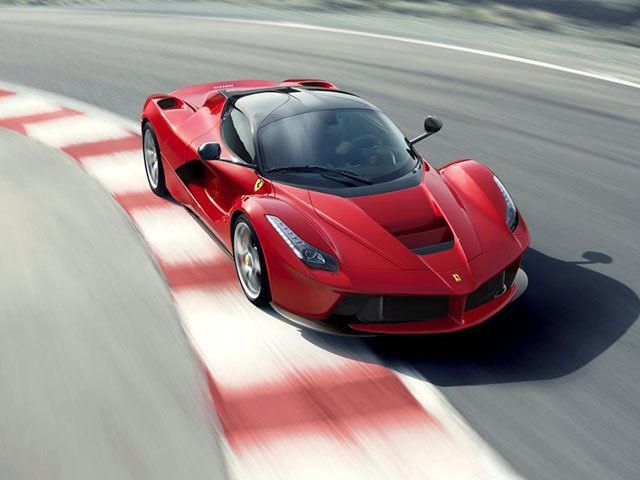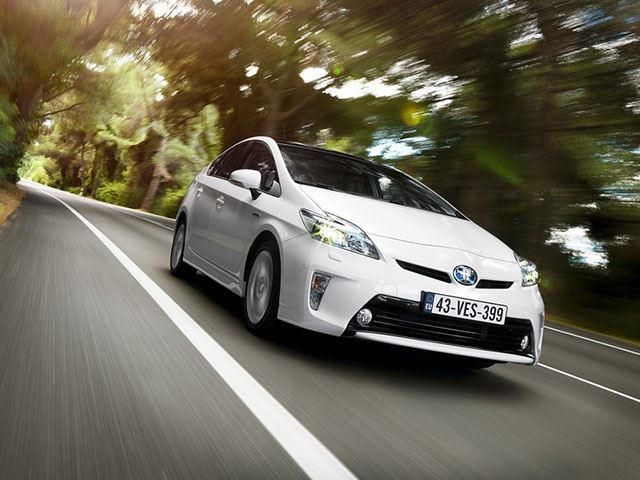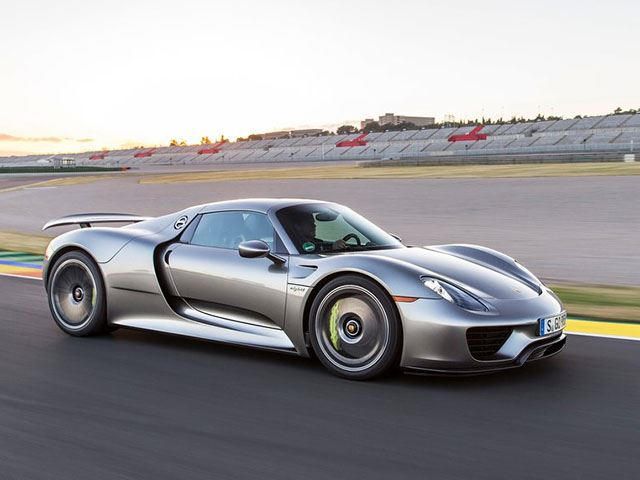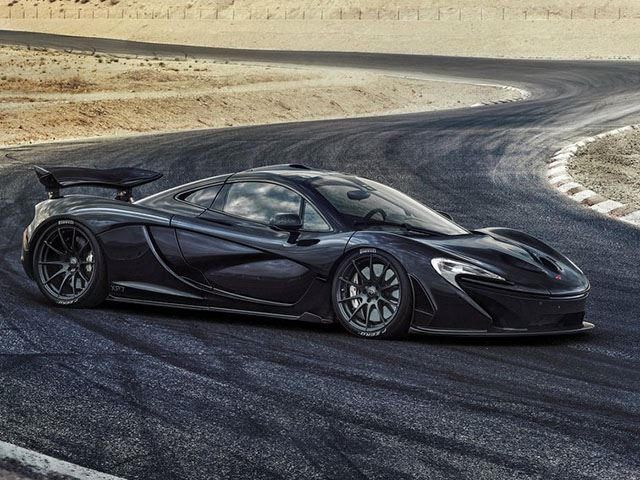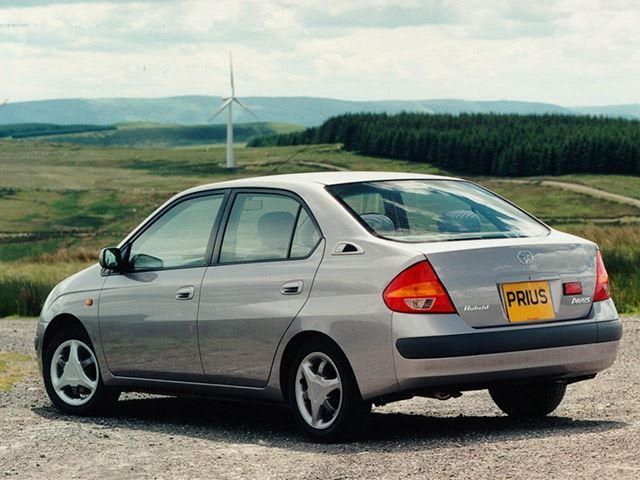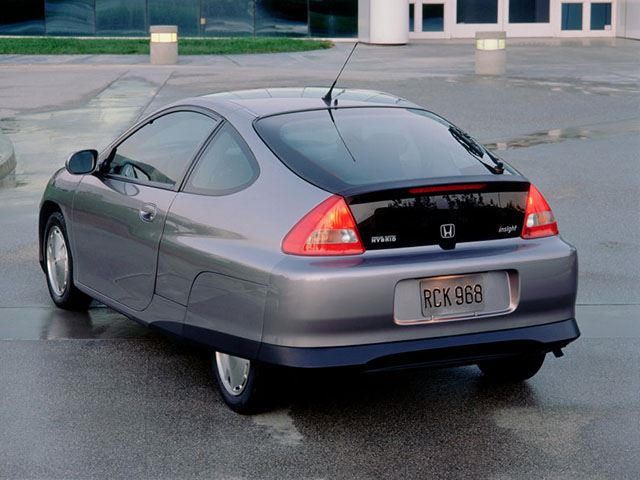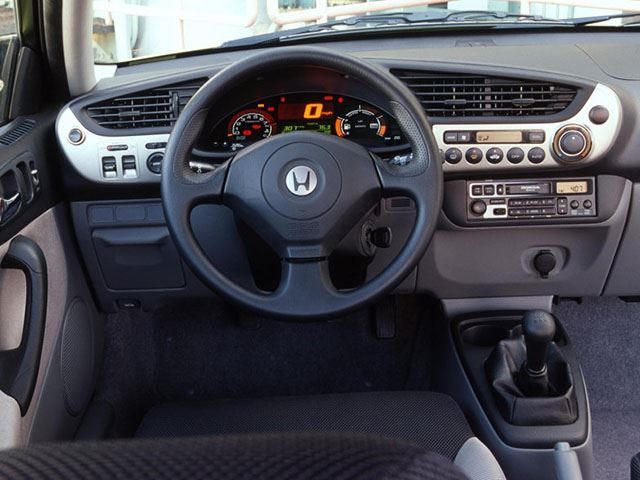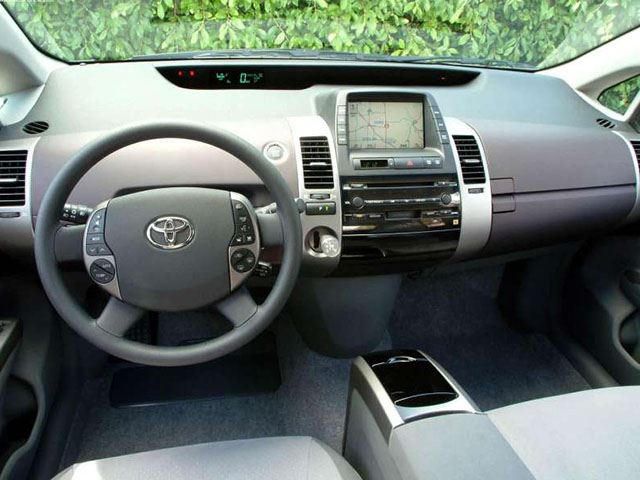
Hybrids have long held a negative image in the minds of gearheads. Underpowered engines, strange brake feel, the unnerving silence of the engine shutting off as if it had its own mind, and acceleration slow enough to make the gas pedal feel like a floor mat are all things that ruin the fun for hybrids. However, if sales numbers are indicators of anything, they confirm that hybrids aren't going anywhere soon. What's more is that newer hybrid technology is being used to make better cars instead of robbing them of a pulse.
Scientists, experts, and people who preface their names with "Dr." tell us that oil will eventually run out. There isn't really any indication of when this will happen, but hybrids represent the first steps towards trying to wean our petrol addiction with electric methadone, or to at least supplement our gas stash and get a real kick out of the cocktail. Duel-fuel powertrains have existed since the 1900's when Ferdinand Porsche (Yes, the same guy who's genius brought us the Porsche 911) created the world's first gas-electric hybrid called the Lohner-Porsche Mixte Hybrid. The technology had been used afterwards in a few applications but was very far from being mainstream. This all changed in the early 2000s.
In 2008, the average price of a gallon of regular in the U.S. peaked at $4.43 per gallon, after steadily rising from its low in 2000. To respond, Toyota released the Prius for U.S. sale in 2000 after Honda had given America the Insight just a year prior. The first generation Prius wasn't a huge success, but it did prove that a quality hybrid could be mass-produced. Toyota took notes and moved onto the second generation Prius. After a slow first year of sales, the second gen became a rock star in 2004 as Californians embraced the car with open arms. The time between 2005 to 2015 represents most of the car's growth and by July 2015, the Prius Empire had expanded to 5.2 million units.
On the opposite end of the spectrum were competition-hungry F1 racing teams. FIA (Like FIFA or NFL but for F1) was also concerned about the environment and wanted a solution. In 2009, they allowed teams to compete with KERS, or Kinetic Energy Recovery Systems, which used either mechanical contraptions or electric motors to capture energy from braking and use the extra energy as a boost when accelerating. Much like the case of active aerodynamics, KERS evolved from F1 and was added to a new class of supercar including the McLaren P1, Ferrari LaFerrari, and Porsche 918. Jeremy Clarkson famously stated that he loved the gas-electric drivetrain of the McLaren P1.
According to him, it was like "weaponizing a wind farm" because it took something good for the environment and made the car faster. Clarkson's TV counterpart, Richard Hammond, got other ideas about the technology when he tested the Porsche 918. According to him, "McLaren and Ferrari has used hybrid technology to liven up the supercar today, but Porsche has used hybrid technology to save the supercar for tomorrow." The future has always been like staring into a murky pond, but as the sediment settles and our sight clears, let us hope that the hybrid technology pioneered by the Prius and improved by supercars can allow us to keep the cars we love for tomorrow while simultaneously making them better today.

